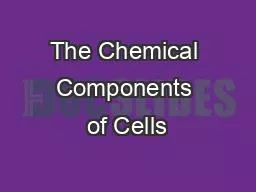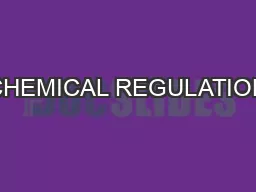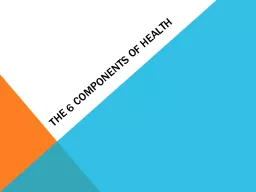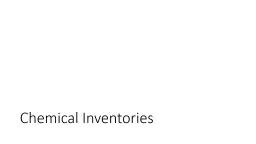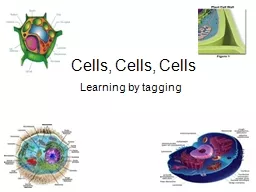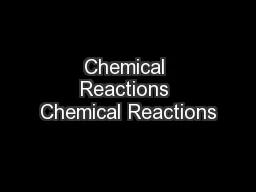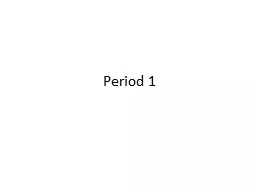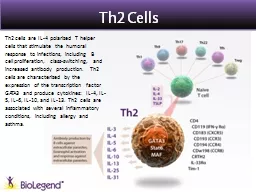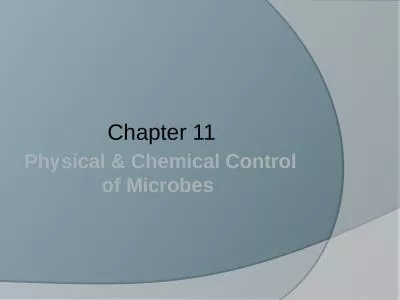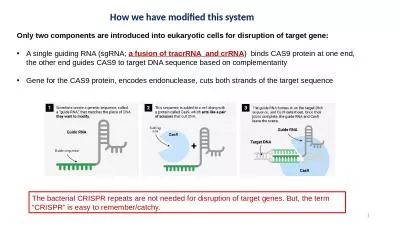PPT-The Chemical Components of Cells
Author : pattyhope | Published Date : 2020-07-01
In this lab we will Test for STARCH Test for SUGARS Test for PROTEIN Starch Plants store glucose as the polysaccharide starch The cereal grains wheat rice corn
Presentation Embed Code
Download Presentation
Download Presentation The PPT/PDF document "The Chemical Components of Cells" is the property of its rightful owner. Permission is granted to download and print the materials on this website for personal, non-commercial use only, and to display it on your personal computer provided you do not modify the materials and that you retain all copyright notices contained in the materials. By downloading content from our website, you accept the terms of this agreement.
The Chemical Components of Cells: Transcript
Download Rules Of Document
"The Chemical Components of Cells"The content belongs to its owner. You may download and print it for personal use, without modification, and keep all copyright notices. By downloading, you agree to these terms.
Related Documents

